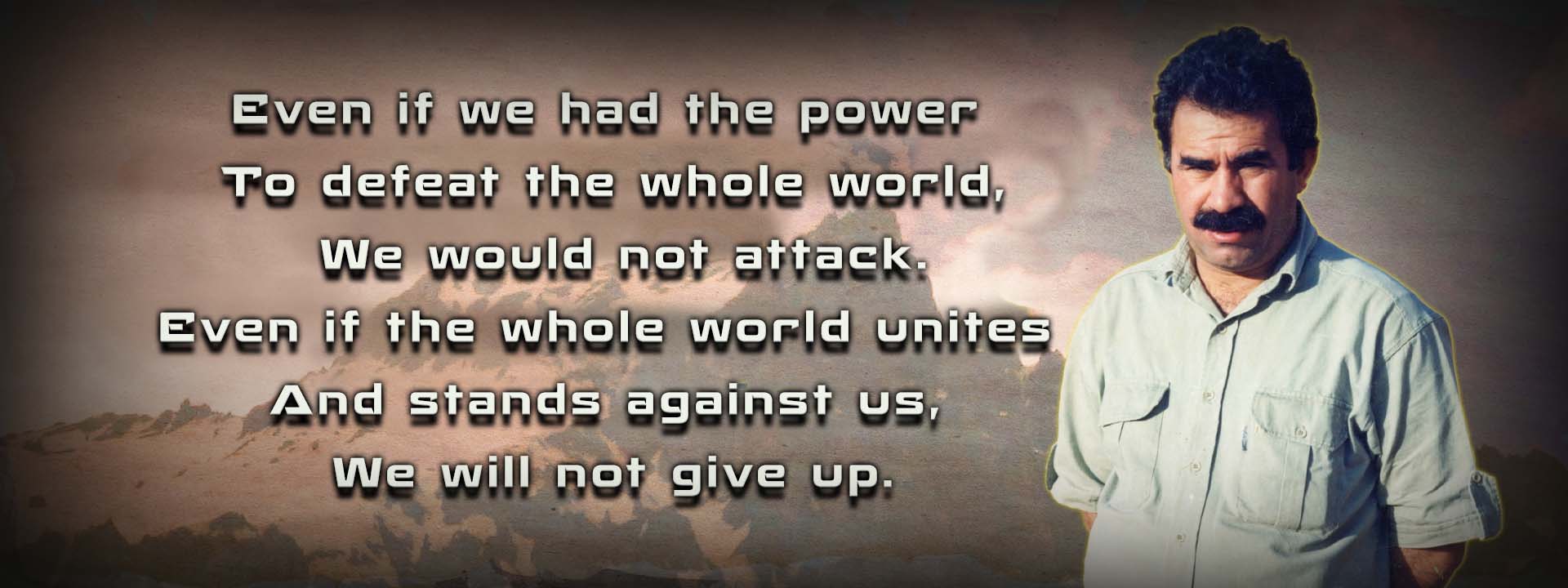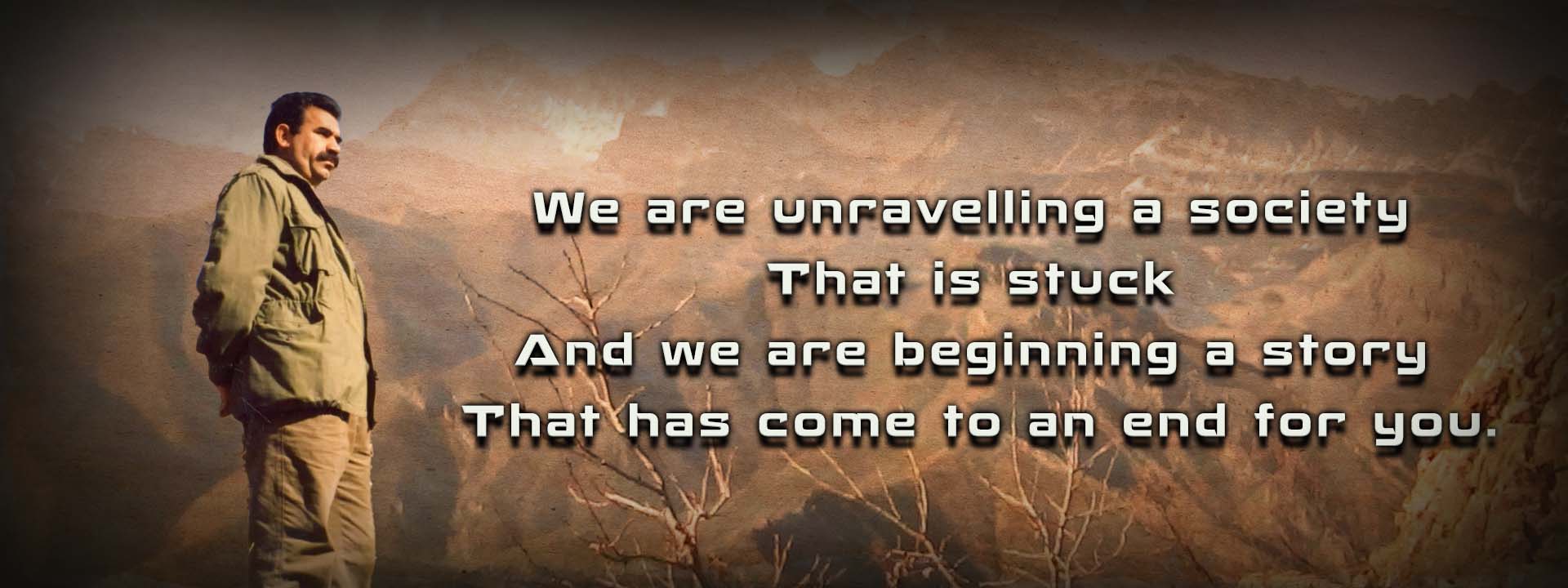The vein of the revolution/counter revolution scheme of historical materialism, I suggest that we term the remarkable turning points in the history of the relationship between the sexes sexual rupture.
History has seen two of these ruptures and, I predict, will see another in the future.
In the social ages preceding civilisation, the organised force of the “strong man” existed for the sole purposes of trapping animals and defence against outside danger. It is this organised force that coveted the family-clan unit that the woman had established as a product of her emotional labour. The take-over of the family-clan constituted the first serious organisation of violence. What were usurped in the process, were woman herself, her children and kin, and all their material and moral cultural accumulation. It was the plunder of the initial economy, the home economy. The organised force of proto-priest (shaman), experienced elder and strong man allied to compose the initial and longest enduring patriarchal hierarchic power, that of holy governance. This can be seen in all societies that are at a similar stage: until the class, city and state stage, this hierarchy is dominant in social and economic life.
In the Sumerian society, although the balance gradually turned against the woman, the two sexes were still more or less equal until the second millennium BC. The many temples for goddesses and the mythological texts from this period indicate that between 4 000 and 2 000 BC the influence of the womanmother culture on the Sumerians, who formed the centre of civilisation, was at par with that of the man. As yet, no culture of shame had developed around the woman.
So, we see here the start of a new culture that develops its superiority over the mother-woman cult. The development of this authority and hierarchy before the start of classed society constitutes one of the most important turning points in history. This culture is qualitatively different from the mother- woman culture. Gathering and later cultivation, the predominant elements of the mother-woman culture, are peaceful activities that do not require warfare. Hunting, which is predominantly taken up by man, rests on war culture and harsh authority.
It is understandable that the strong man, whose essential role was hunting, coveted the accumulation of the matriarchal order. Establishing his dominance would yield many advantages. Organisation of the power he gained through hunting, now gave him the opportunity to rule and to establish the very first social hierarchy. This development constituted the very first usage of analytical intelligence with malignant intentions; subsequently, it became systemic. Furthermore, the transition from sacred mother cult to sacred father cult enabled analytical intelligence to mask itself behind sanctity.
Thus, the origin of our serious social problems is to be found in patriarchal societies that became cult-like, that is religionised, around the strong man. With the enslavement of women, the ground was prepared for the enslavement of not only children but also of men. As man gained experience in accumulating values through the use of slave labour (especially accumulating of surplus product), his control over and domination of these slaves grew. Power and authority became increasingly important. The collaboration between the strong man, experienced elder and shaman to form a privileged sector, resulted in a power centre that was difficult to resist. In this centre, analytical intelligence developed an extraordinary mythological narrative in order to rule the minds of the populace. In the mythological world composed for Sumerian society (and passed down through the ages with some adaptations), man is exalted to the point that he is deified as creator of heaven and earth. While woman’s divinity and sacredness is first demeaned and then erased, the idea of man as ruler and absolute power is imprinted on society. Thus, through an enormous network of mythological narrative, every aspect of culture is cloaked in the relationship of ruler and ruled, creator and created. Society is beguiled into internalising this mythological world and gradually it becomes the preferred version. Then it is turned into religion, a religion into which the concept of a strict distinction between people is built. For instance, the class division of society is reflected in the story of Adam and Eve’s expulsion from paradise and condemnation to servitude. This legend endows the Sumerian ruler-gods with creative power; their subjects are recreated as servants.
Sumerian mythology knew the story of creation out of the rib of an anthropomorphic god – only, it was the goddess Ninhursag who carried out the act of creation in order to save the life of the male god Enki. Over time, the narrative was changed to benefit the man. The repetitive elements of rivalry and creativity in the myths of Enki and Ninhursag-Inanna had the two-fold function of, on the one hand, demeaning woman and diminishing the importance of her past creativity and, on the other hand, of symbolising the forming of a human that is but a slave and a servant. (I believe that this last mentioned conception of the Sumerian priests has played a role in all subsequent god-servant dilemmas. To determine the truth of this is vital; nevertheless, religious literature either refrains from doing so or rejects the notion out of hand. Is this because theologians feel the need to disguise the truth and hence their interests in the matter?)
The divine identities designed in the Sumerian society are the reflections of the new approach to nature and of the new societal powers; more than that, they are almost deployed for the purpose of conditioning the mind anew. Hand in hand with the decreasing influence of the natural dimension, the societal dimension gains importance; women’s influence gradually decreases; and there are striking developments in the matter of signalising the human being as subject, as servant. While the growing political power in society results in the prominence of some of the gods, it also results in the loss of some identities and a significant change in form of others. Thus, the absolute power of the monarch during the Babylonian phase is reflected in the rise of the god Marduk. This last phase of Sumerian mythology indicates that the threshold of the birth of monotheistic religions has been reached.
In an order like this where the man owned the children, the father would want to have as many children as possible (especially male children), for attainment of power. Command of the children enabled him to seize the mother-woman’s accumulation: the ownership system was created. Alongside the priest-state’s collective ownership, the private ownership of the dynasty was established. Private ownership too necessitated the establishment of fatherhood: fatherhood-rights were required so that the inheritance could be passed on (mainly) to the male children.
From 2 000 BCE onwards, this culture became widespread. Woman’s social status was radically altered. The patriarchal society had gained the strength to make its rule legendary. While the world of the male is exalted and heroised, everything female is belittled, demeaned and vilified.
So radical was this sexual rupture, that it resulted in the most significant change in social life history has ever seen. This change concerning woman’s value within the Middle Eastern culture, we can call the first major sexual rupture or counterrevolution. I call it a counter-revolution because it has contributed nothing to a positive development of society. On the contrary, it has led to an extraordinary poverty of life by bringing about patriarchy’s stiff domination of society and the exclusion of women. This tear in Middle Eastern civilisation is arguably the first step in its progressively deteriorating situation, as the negative consequences of this rupture just keep on multiplying as time goes on. Instead of a dual voiced society, it produced a single voiced, male society. A transition was made to a single dimensioned, extremely masculine social culture. The emotional intelligence of woman that created wonders, that was humane and committed to nature and life, was lost. In its place has been born the cursed analytical intelligence of a cruel culture that has surrendered itself to dogmatism and detached itself from nature; that considers war to be the most exalted virtue and enjoys the shedding of human blood; that sees his arbitrary treatment of woman and his enslavement of man as its right. This intelligence is the antitype of the egalitarian intelligence of woman that is focused on humanitarian production and animate nature.
The mother has become the ancient goddess; she now sits in her home, an obedient and chaste woman. Far from being equal to the gods, she cannot make her voice heard or reveal her face. Slowly, she is wrapped in veils, becomes a captive within the harem of the strong man.
The depth of woman’s enslavement in Arabia (intensified in the Abrahamic tradition by Moses) is linked to this historical development.
Abdullah Ocalan




